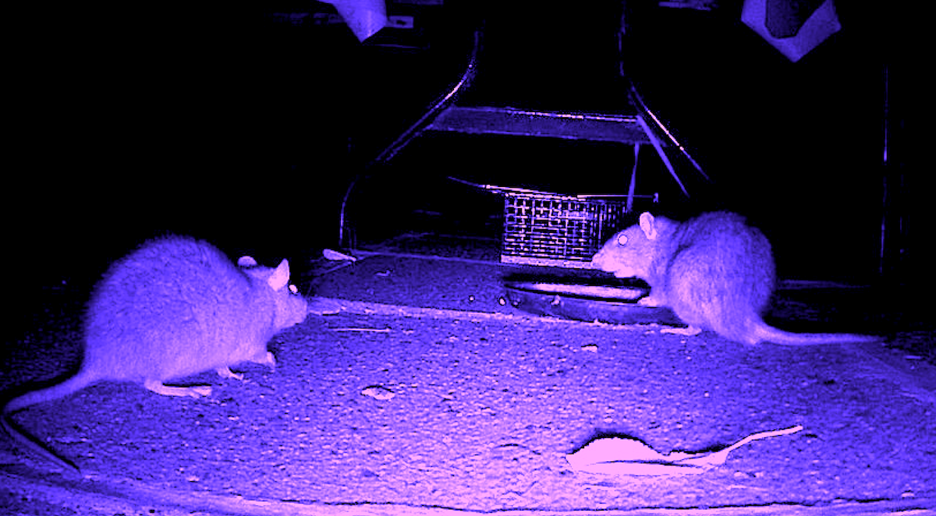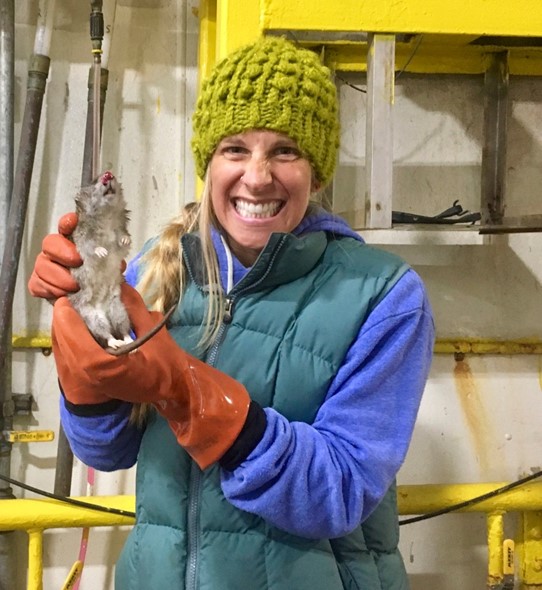Rats attack Alaska
A tiny Alaskan island known as the “Galapagos of the North” with a population of just 350 is in a panic over a singular rat that may not even exist. Residents of the St. Paul Island in the Bering Sea have been on the hunt for the potential rodent for roughly three months after a local reported possibly catching a glimpse of a rat in June. Rats don’t exist on the remote island, which is part of the Pribilof Islands group. The introduction of the rat — which may have hitched a ride on a plane or boat — could set off a chain reaction that would endanger St. Paul’s claim to fame, its thriving seabird population which has made St. Paul a worldwide birding destination. “It’s just the abundance of wildlife that we hear stories or read historical accounts of, but really seldom see in kind of our modern age,” said Donald Lyons, director of conservation. That’s because rats that stow away on vessels can quickly populate and overrun remote islands, devastating bird populations by eating eggs, chicks or even adults and upending once-vibrant ecosystems. “And so St. Paul really is a place where I’ve felt the wonder, the spectacle of nature.”
Rats, which reproduce rapidly, have taken over other remote islands and obliterated their bird populations as the rodents feast on bird eggs, chicks and sometimes even adult birds.“We know — because we’ve seen this on other islands and in other locations in Alaska and across the world — that rats absolutely decimate seabird colonies, so the threat is never one that the community would take lightly,” Lauren Divine, director of the Aleut Community of St. Paul Island’s ecosystem conservation office. Once the rats take control of an island, it often takes millions of dollars and several years to exterminate them all — and then several more years for the bird populations to come back. Though the resident isn’t 100% sure they saw the whiskered pest, the wildlife officials have been setting up elaborate traps to try to find it or them. After searching low and high for any signs of the possible visitor — droppings, tracks or gnaw marks — the officials put out traps baited with peanut butter, wax “chew blocks” and trail cameras to try to catch it. The “chew blocks” mark any bites from rats and are created with ultraviolet material that makes the rat’s droppings glow under black light. The hunters then look with UV flashlights for the poop trail.
In the months of searching, the officials have seen no sign of the possible rodent. The search is like looking for a needle in a haystack when you don’t know if the needle even exists. St. Paul has an existing anti-rat border patrol system in place at its airport and developed waterfront areas to kill any rodents that hitch a ride to the island before they can get far. But one got through the tight security in 2018 and evaded capture for 10 months before it was eventually found dead.
Raucous Rat Ramblings
A church has a rat problem: The church doesn’t want to kill the rats so they trap them and release them far away, but the next day they are back.
Next they try ask them politely to leave, still they won’t budge.
Finally the priest has one last idea, he baptized all the rats.
Now they only come at Christmas and Easter.
What is the difference between a rat and a squirrel?
Answer: The puffy tail.
Moral: never underestimate the power of marketing.
Baby rat and mommy rat were walking down a dirt road when a bat flies by
baby rat turns to his mom and says:
“Look Ma, an angel.”
French scientists announced that they can finally successfully clone a rat!
Thank goodness! This will solve the huge rat shortage.
October 16th Birthdays
1925 – Angela Lansbury, 1982 – Katerina Soorsone, 1975 – Kellie Martin, 1997 – Naomi Osaka
1992 – Bryce Harper, 1972 – Kordell Stewart, 1958 – Tim Robbins, 1854 – Oscar Wilde





